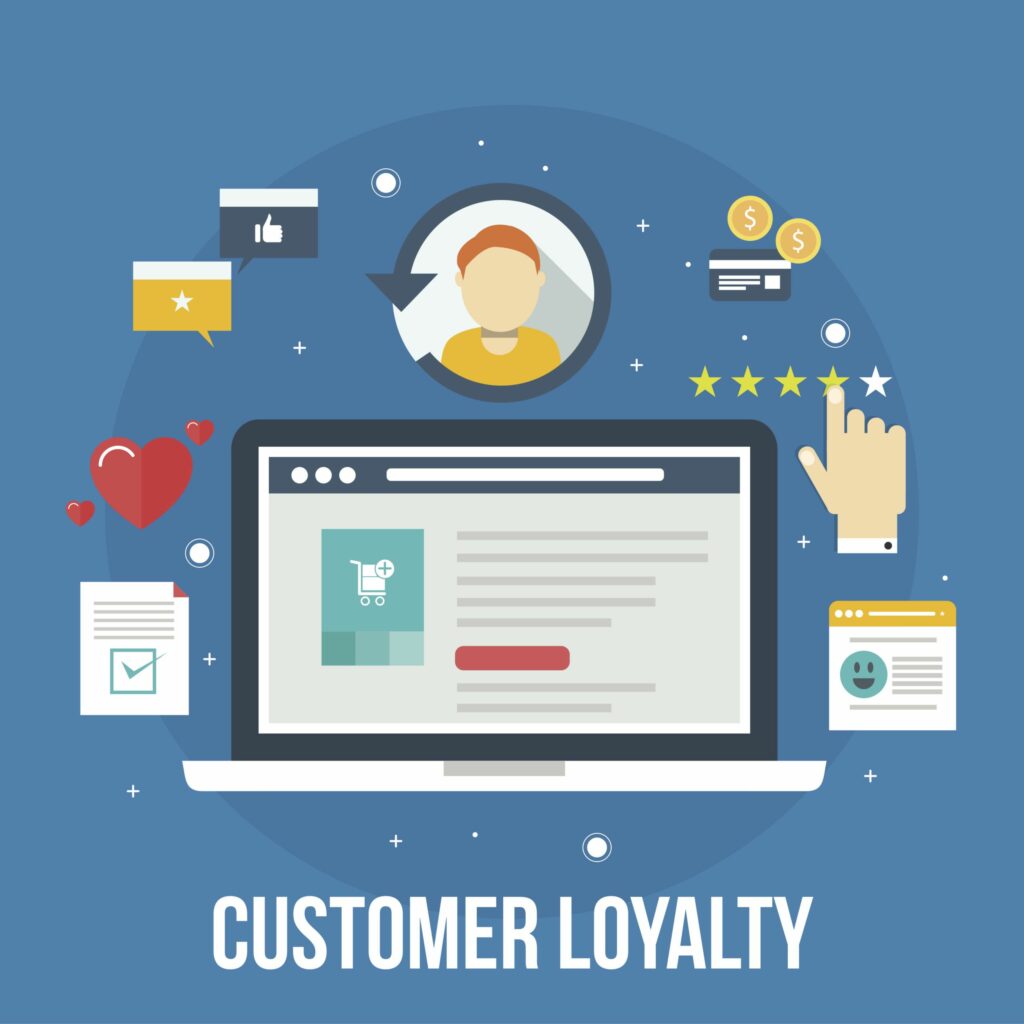Attracting new customers is tough. And, too often businesses concentrate all their efforts on this endeavor, when they should be focusing on driving repeat business. Current customers spend 67% more than new customers, so why not develop a winning program to reward these valuable customers and encourage frequent repeat sales? In this series, we’ll be exploring ways to create a loyalty program that will position your business for success.
As always, it’s important to set aside time to evaluate all the strategies that you use to grow your business. It can be challenging to do this with loyalty programs that don’t have as many clearly defined metrics as you might be accustomed to in other areas of marketing. It can also be difficult to track these, depending on the type of program you offer. Punchcards don’t provide much data, so it can be beneficial to use a service like Signpost, which allows you to track your progress and provides analytic tools to measure your success so you can continue to improve. Additionally, electronic offers are redeemed as much as 10x more frequently than paper coupons, so making the move to a digital program can also facilitate engagement. The metrics, below, will help you keep your loyalty program on track and a valuable asset to your business.
Redemption Rate
This is the easiest metric to track for your loyalty programs. It’s based on the total number of customers who redeem an offer compared to the total number of people that it was sent to (usually the number of customers enrolled in your loyalty program). It’s important to establish a benchmark, so that you can easily see when a particular offer resonates better with your audience and inspires more redemptions. You can also use this if you have a tiered program, to compare the different reward levels as percentages of the total program, and measure their cumulative progress. It will also reflect how achievable the levels are, and help you pinpoint any obstacles or abandonment points, so that you can rework the process before members lose hope and become inactive.
Total Sales Volume
This is a helpful metric for determining the total sales volume for the loyalty program members vs. non-members. This can provide insight into the value of the individuals enrolled in your program (whom you assume are your business’s biggest advocates) bring to your business, compared to everyone else. If their total contribution to revenue is too low, it might be worth rethinking your approach so that the structure encourages frequent participation. The impact of your loyal contingent should be tangible, and you can continue to segment by tier, number of points accrued, etc. to analyze the breakdown even further and to help identify top customers and opportunities.
Purchase Frequency and Sum
This is calculated by dividing the total number of purchases by members of your loyalty program by the total number of members in it. This is helpful to compare to the purchase frequency of non-members. Your loyalty or “top customer” group should have a higher purchase frequency. If not, you should reevaluate your current structure or find a way to reward frequent customers.
Similarly, purchase sum can be a strong indicator of a customer’s value. Are the average transactions significantly greater than the one-time or sporadic customer? Loyalty programs are designed to drive more revenue from your business’s biggest fans. Essentially both of these data points are great indicators of the amount of revenue loyalty members are spending with your business and the amount of value they, and by extension, the program is bringing.
Retention Rate
This one can be a little tricky to measure. If you have a dependable CRM, like Signpost, then it’s easy to track purchases and behavior from customers. There should be less churn with loyalty program members, or even reverse churn, which is considered to be any upgrades in memberships or larger ticket purchases and anything you’d consider an “upsell”. You can monitor purchases to make sure that these customers remain engaged and returning consistently. A successful loyalty program keeps customers engaged, and your business top of mind, meaning they should be a lot less likely to drop off.
Referrals
Finally, referrals are the ultimate sign of a winning loyalty program. You can ask at signup how customers first found out about your business, or the loyalty program in particular. This will allow you to send out a thank you note or gift to the customer that referred them, which will encourage them to continue referring friends and family. It also allows you to evaluate your referral strategy and reaffirm that your loyalty program is not only allowing you to ace customer retention, but also bring new customers through the door as well!

